Cheonbuk Oyster Complex in Boryeong (보령 천북굴단지)
8.6Km 2024-06-05
Cheonbuk-myeon, Boryeong-si, Chungcheongnam-do
+82-41-930-0804
Cheonbuk Oyster Complex in Boryeong is a place near the Hongseong Embankment where various restaurants specializing in oysters are clustered. Boryeong is known for its abundant oyster production, with those caught between November and February considered the finest. In December, the Cheonbuk Oyster Festival is held, featuring events for tourists. Here, visitors can taste a variety of dishes made with oysters, including grilled oysters, raw oysters, and oyster rice.
Seosan Chrysanthemum Festival (서산국화축제)
10.0Km 2022-12-21
320-1, Gobuk 1-ro, Seosan-si, Chungcheongnam-do
• 1330 Travel Hotline: +82-2-1330 (Korean, English, Japanese, Chinese) • For more info: +82-41-660-3935
Seosan Chrysanthemum Festival takes place in October at the area of Gobuk-myeon, Gagu-ri in Seosan, Chungcheongnam-do. This festival offers chrysanthemum exhibitions inside of an apple orchard, featuring various colors of chrysanthemum in full bloom as well as a mountain of apples, photo zone, and other events to fill the festival grounds with the scent of autumn.
Hongseong Seongyeonsa Temple (석련사(홍성))
10.6Km 2024-01-18
76 Guseongbuk-ro 160beon-gil, Guhang-myeon, Hongseong-gun, Chungcheongnam-do
Seongnyeonsa Temple is located on the side of Baegwolsan Mountain, and is a branch temple of Sudeoksa Temple. The path to the temple is paved, making it easy to enjoy the beautiful scenery along the way. A bit further up the mountain from Daeungjeon Hall, visitors will be greeted by a large stone-carved Buddha that was made recently. The lack of moss and weathering makes it stand out from other rock-carved Buddha statues, while showing the unwavering faith of the local Buddhists.
Hongseong Gujeoram Hermitage (구절암(홍성))
11.1Km 2024-01-18
163 Geobuk-ro 218beon-gil, Guhang-myeon, Hongseong-gun, Chungcheongnam-do
Gujeoram Hermitage is located within a bamboo forest on a small mountain. The pathway is winding, without any signs marking the way, but this adds to the charm.
Korea Traditional Architecture Museum (한국고건축박물관)
11.2Km 2022-08-18
543, Hongdeokseo-ro, Yesan-gun, Chungcheongnam-do
+82-41-337-5877
The traditional Korean architectures designated as valuable cultural assets scattered throughout the nation are on display at a one-tenth or one-fifth scale in this museum for the purpose of promoting and passing down the history of Korean architecture.
Cheonsuman Bay - Migratory Bird Sanctuary (천수만(철새도래지))
11.5Km 2021-05-21
Buseok-myeon & Gobuk-myeon, Seosan-si, Chungcheongnam-do
+82-41-661-8054
Cheonsuman Bay emerged as a habitat for migratory birds as a result of a reclamation project that was undertaken in 1984. A breakwater was built around this area, which created Ganwolho Lake and Bunamho Lake. Moreover, a vast agricultural land spanning 6,400 hectares was formed on what used to be a mud flat. The monthly average temperature of Cheonsuman Bay area between October and March is about 1.2 degree Celsius higher than inland areas at the same latitude because of its oceanic climate. Such geographical conditions have made Cheonsuman Bay an ideal wintering site for migratory birds.
Cheonsuman Bay is located midway along the migration route of birds migrating from northern Siberia or Manchuria to Southeast Asia. As a result, Cheonsuman Bay has become home to nearly 200 different species of migratory birds that can be watched all year round. In winter, the area becomes a wintering site for over 300 thousand ducks and wild geese, as well as a wide variety of endangered species like storks, spoonbills, mute swans, and white-naped cranes. Lucky birdwatchers might be able to witness the great spectacle created by tens of thousands of migratory birds flying in a flock over the Cheonsuman Bay area.
Picturesque Arboretum (Gallery in the Garden) [그림같은 수목원(그림이 있는 정원)]
13.4Km 2024-02-26
102-36, Chungseo-ro 400beon-gil, Gwangcheon-eup, Hongseong-gun, Chungcheongnam-do
The Picturesque Arboretum has nearly 1,330 species of plants, including 460 species of trees, with particular emphasis on pine trees. It is home to a Wildflower Garden, Greenhouse, Lotus Garden, Rock Garden, Observatory, Art Museum, Rhododendron Road, Waterfall, Korea Traditional Furniture Exhibition Hall, Nature Ecology Center, and a café.
Himart - Hongseong Branch [Tax Refund Shop] (하이마트 홍성점)
13.5Km 2024-04-22
153, Naepo-ro, Hongseong-eup, Hongseong-gun, Chungcheongnam-do
-
Hongju Millennium Monument (홍주천년기념탑)
13.8Km 2024-01-16
Ogam-ri, Hongseong-eup, Hongseong-gun, Chungcheongnam-do
The Hongju Millennium Monument was created in 2018 to commemorate the past one thousand years of history in Hongseong (previously called Hongju), while also looking to the future and the next one thousand years. The entire monument is shaped like an hourglass, with historical figures, cultural assets and specialty products of the area at the top, and a time capsule embedded at the bottom of the monument, set to be opened in 2118.
Sudeoksa Temple (수덕사)
13.9Km 2021-12-03
79, Sudeoksaan-gil, Yesan-gun, Chungcheongnam-do
+82-41-330-7700
Sudeoksa Temple, which has played an important role in the history of Korea’s Buddhism, is located at the foot of Deoksungsan Mountain. It was one of twelve temples from the Baekje Kingdom mentioned in Chinese historical records. There is no historical record of when the temple was founded but researchers believe it was founded sometime during the reign of King Wuideok (554-597).
The main building of Sudeoksa Temple, Daeungjeon Hall, was constructed in 1308 during the Goryeo dynasty. It was repaired four times between 1528 and 1803, but fortunately kept its original beauty. In addition to Daeungjeon Hall, Sudeoksa Temple houses many cultural treasures, such as the Three-story Stone Pagoda of Sudeoksa Temple.

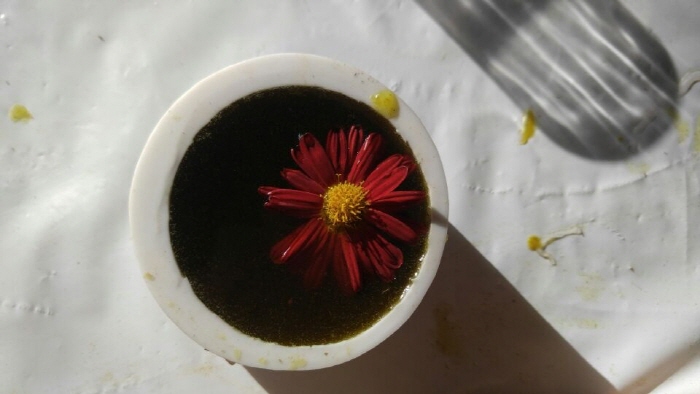
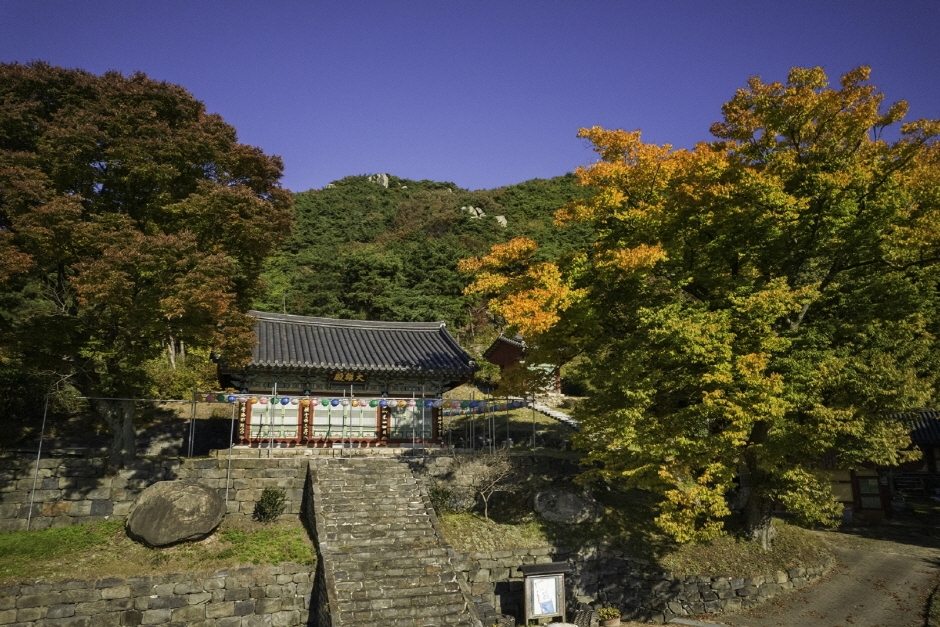
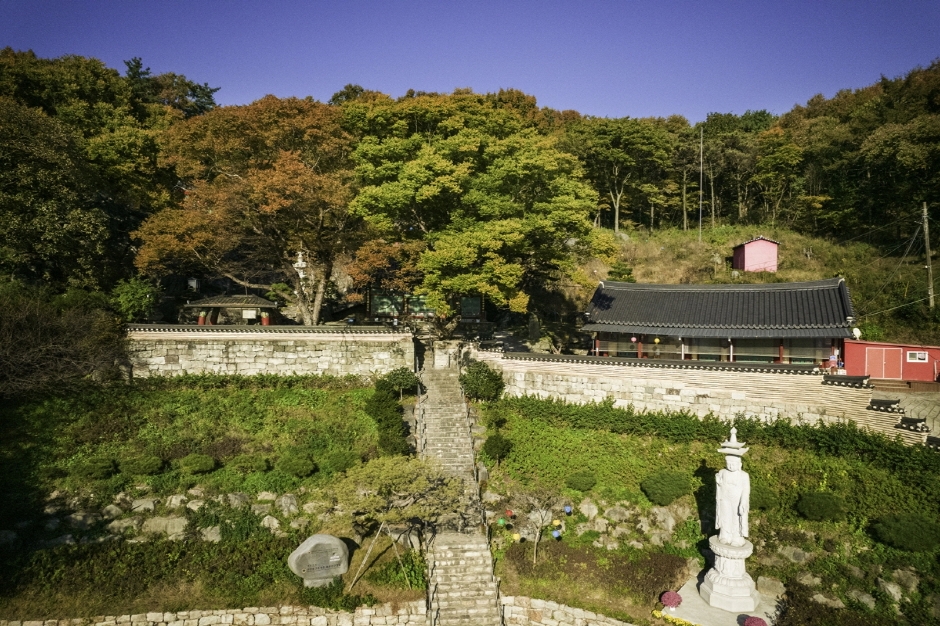
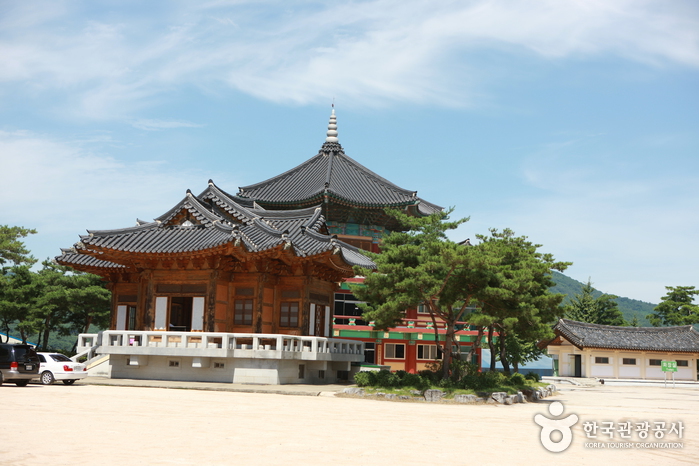
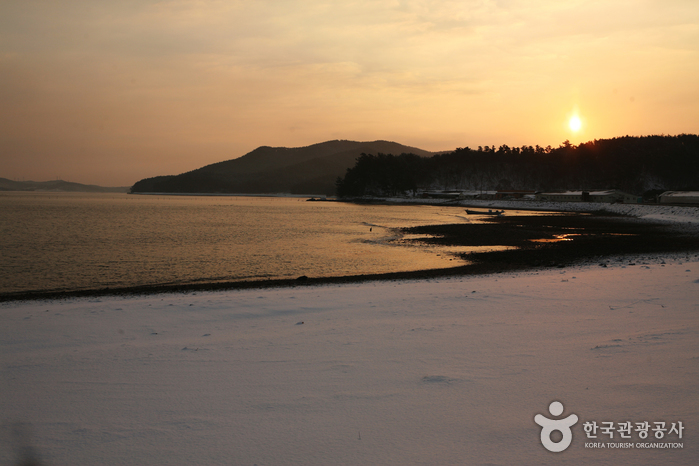
![Himart - Hongseong Branch [Tax Refund Shop] (하이마트 홍성점)](http://tong.visitkorea.or.kr/cms/resource/39/2883339_image2_1.jpg)
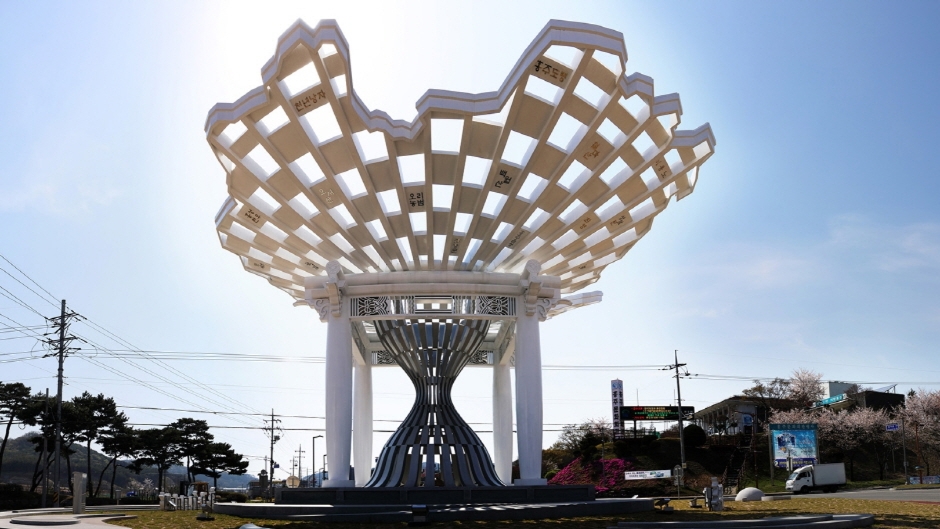
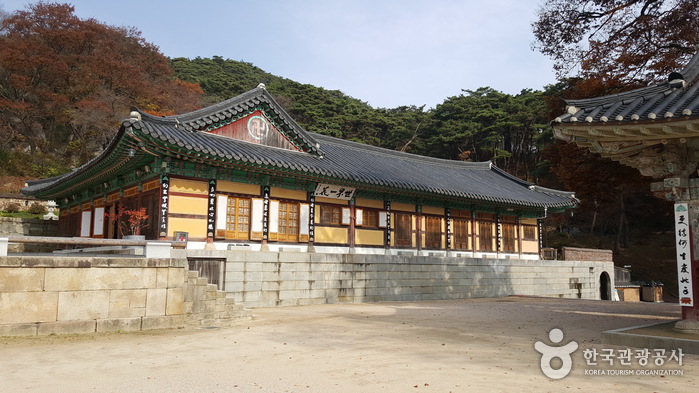
 English
English
 한국어
한국어 日本語
日本語 中文(简体)
中文(简体) Deutsch
Deutsch Français
Français Español
Español Русский
Русский